Is Intelligent Driving the Game-Changer for Automakers?
![]() 02/24 2025
02/24 2025
![]() 323
323
The disparities between eastern and western markets have intensified the technological competition.
In 2025, the battle for intelligent driving has evolved from minor skirmishes to major confrontations, with traditional automakers like Changan Auto and BYD now actively promoting intelligent driving technologies.
Previously, intelligent driving was a niche area primarily contested among new force brands, with limited sales and influence. However, as intelligent assisted driving becomes a standard feature in vehicles, many tech-savvy consumers eagerly anticipate the advent of more advanced autonomous driving.
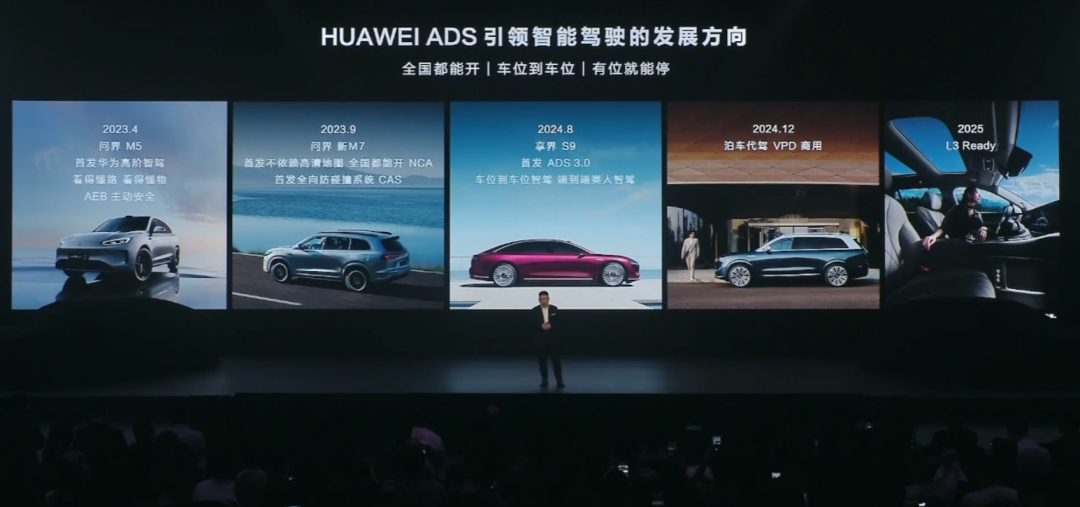
Especially in 2024, the rapid advancements in intelligent assisted driving systems powered by large AI models fueled widespread anticipation for the arrival of autonomous driving.
Huawei's ADS, China's most popular intelligent driving system, has always been at the forefront. At the HarmonyOS Smart Drive Technology Conference, Yu Chengdong, Chairman of Huawei's Intelligent Automotive Solutions BU, revealed that Huawei's ADS intelligent driving will achieve L3 readiness by 2025.
Autonomous Driving on the Horizon
The domestic market is witnessing a fierce race to implement autonomous driving technology. Almost all automakers aspire to lead the charge, with even a simple L3 autonomous driving test license becoming a marketing asset.
The allure of L3 autonomous driving is undeniable. In a market where automakers continuously promote L2+ intelligent driving, the first to achieve mass production of L3 will gain a competitive edge and bring L4 autonomous driving closer to reality.
More importantly, the transition from L2 to L3 signifies a shift in risk liability. Unlike L2 assisted driving systems, the risk will be borne by automakers or intelligent driving suppliers in L3.
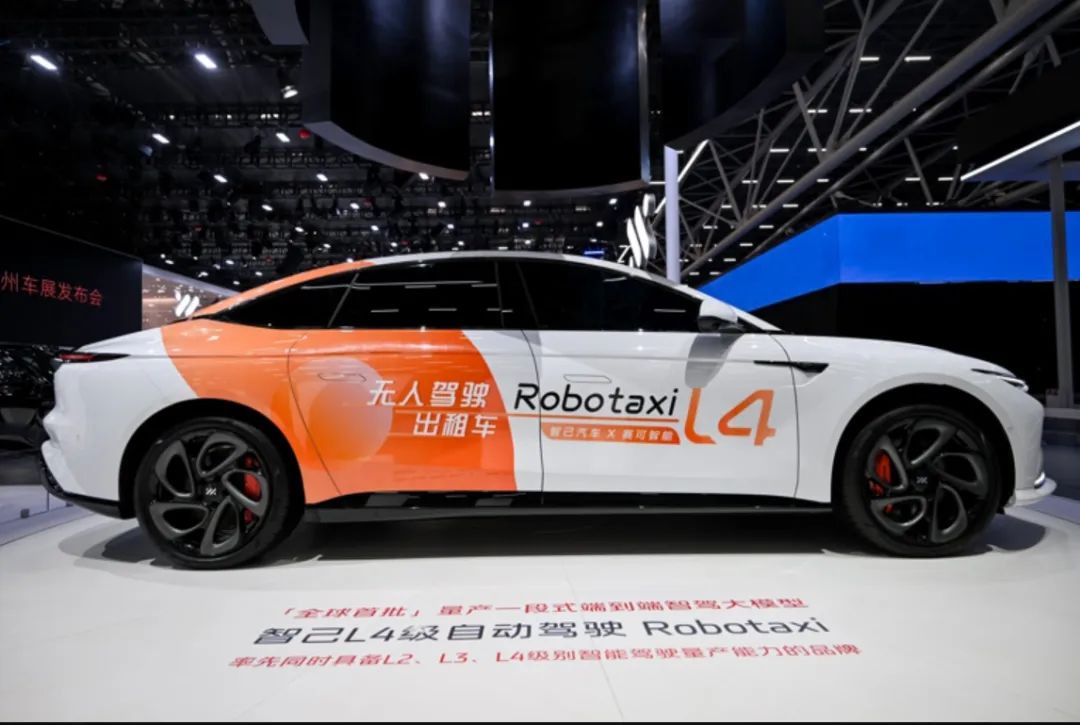
According to current laws, even in the event of an accident while using intelligent driving, the driver remains ultimately responsible, absolving the intelligent driving system from liability. This lack of accountability fosters consumer distrust even in the most advanced intelligent driving systems.
This is why autonomous driving pilot programs first emerged in Robotaxi, where the transportation company bears the risk, allowing consumers to confidently adopt the technology.
In 2024, the domestic Robotaxi industry gained significant attention due to the proliferation of intelligent driving technologies. For instance, Luobo Kuaipao garnered widespread attention, demonstrating that autonomous driving is within reach.
Amidst this wave, domestic enterprises remain optimistic about the future of intelligent driving. Huawei, for example, has repeatedly stated its goal of achieving commercial L3 by 2025, at least on highways.
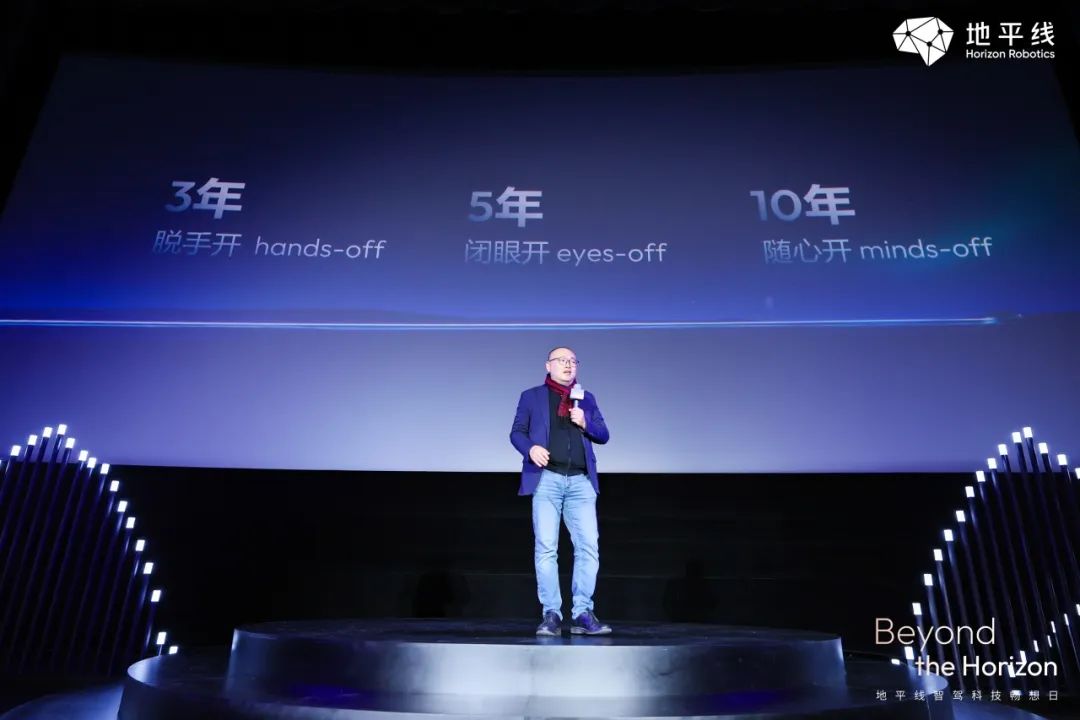
Horizon Robotics, China's largest supplier of intelligent driving chips, shares this optimism. At the Intelligent Driving Technology Vision Day, CEO and founder Dr. Yu Kai predicted that future intelligent driving will achieve a technological leap, enabling users to experience hands-free driving within three years, eyes-free driving within five years, and carefree driving within ten years.
Automakers harbor even higher expectations for autonomous driving technology. While BYD pushes for the full popularization of intelligent driving, Changan Auto has a clear roadmap, aiming for full-scene L3 autonomous driving by 2026 and full-scene L4 functionality by 2028.
Changan Auto kicked off the new year as the first traditional automaker to focus on intelligent driving. With BYD's high-profile entry into the intelligent driving arena, many automakers will successively hold press conferences targeting L2 and sprinting towards more advanced autonomous driving.
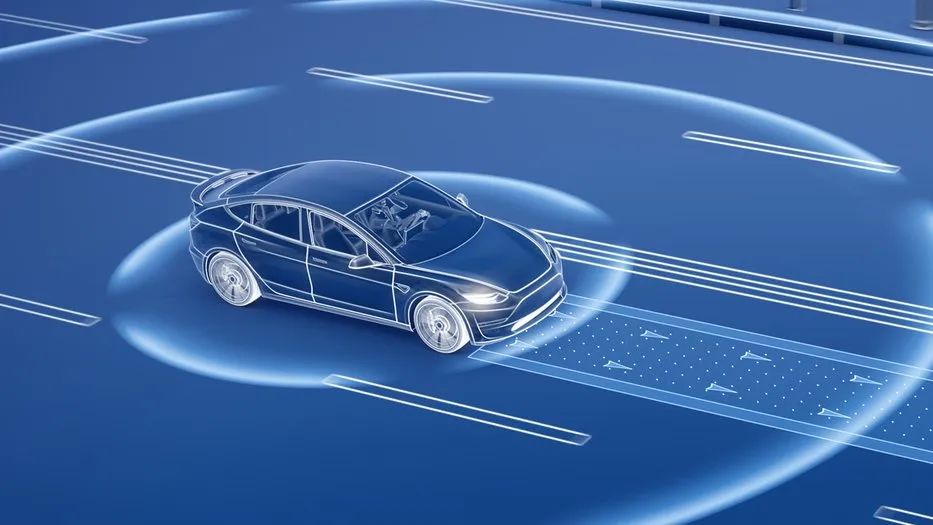
New force brands have always been the most active in promoting intelligent driving. Recently, Li Auto announced a comprehensive upgrade to its intelligent driving system, incorporating lidar into its AD Pro models. By the end of 2024, Li Auto had already rolled out the 6.5 version of valet parking and subsequently launched the 7.0 version with added VLM visual language models.
These technological advancements pave the way for L3. Li Xiang, CEO of Li Auto, stated that supervised L3 intelligent driving will be achieved by 2025. Following the successful completion of the valet parking technical challenge in 2024, the realization of L3 is now one step closer.
Cautious Overseas Market
In contrast to the optimism in the Chinese market, most technology companies and automakers in overseas markets adopt a cautious stance towards autonomous driving. Even in Silicon Valley, once a hotbed for L4 autonomous driving exploration, few enterprises dare to take bold steps forward.
Tesla stands out as the only optimistic player in the entire overseas market for autonomous driving, exhibiting a passionate commitment.
At Tesla's year-start meeting, CEO Elon Musk announced the launch of a paid ride-hailing service without drivers in Austin, Texas, in June, with no safety officer on board. The company plans to expand this autonomous taxi service to more cities in the United States.
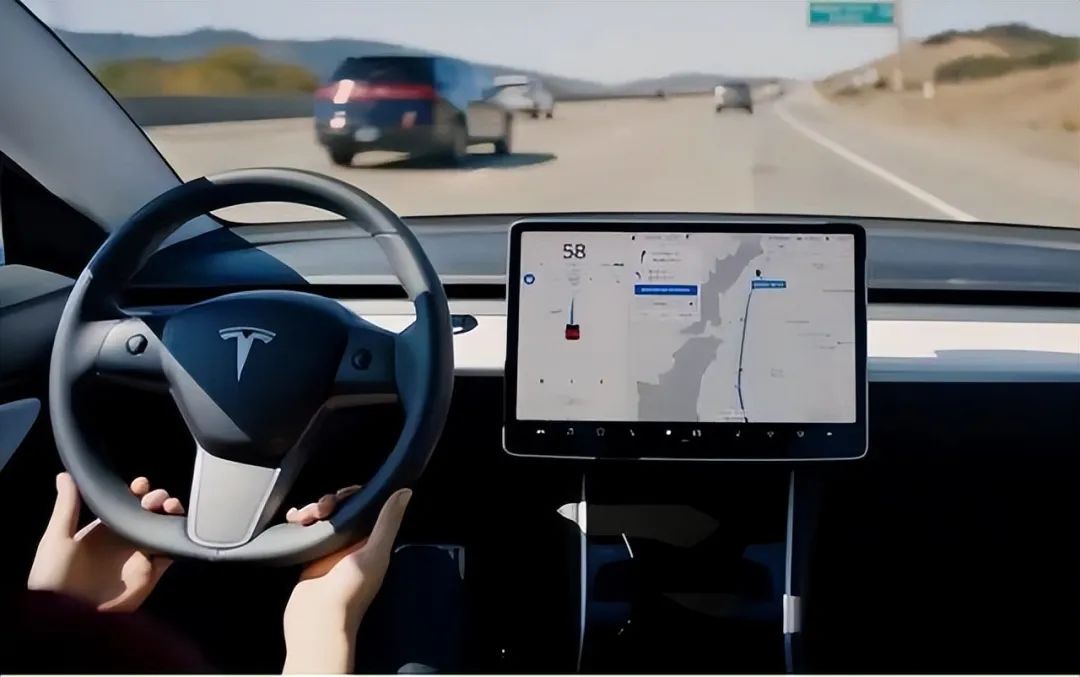
However, aside from Tesla, American automakers have lost much of their enthusiasm for autonomous driving. For instance, General Motors halted funding for Cruise at the end of 2024.
The announcement indicated that General Motors intends to realign its autonomous driving strategy, prioritizing the development of advanced driver assistance systems over autonomous driving and driverless taxis.
Cruise has reportedly lost over $10 billion in research and development over the past few years without helping General Motors secure a lead in autonomous driving technology, instead causing numerous issues.
Ford Motor Company faced a similar setback in 2022. After exhausting all funds raised from financing, Argo AI, the autonomous driving company in which Ford invested billions of dollars, failed to implement its technology and ultimately filed for bankruptcy.
Once heralded as capital darlings and the future stars of autonomous driving, these Silicon Valley-born companies lost their competitive edge after capitalization, with their sky-high market values plummeting to zero.
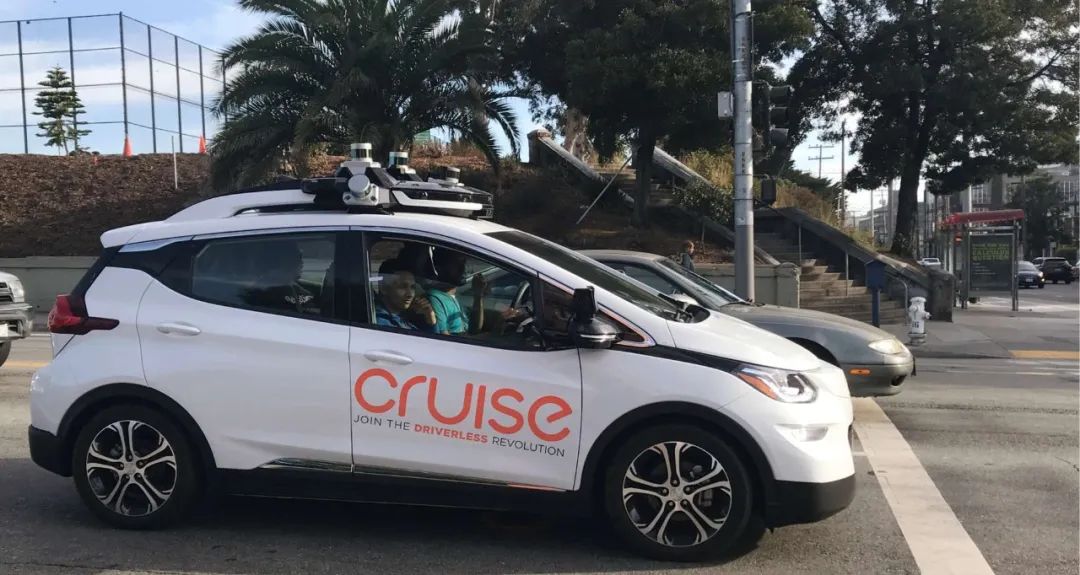
Moreover, NVIDIA recently added another layer of caution to the autonomous driving narrative.
On January 19, Ali Kani, head of NVIDIA's automotive division, stated in an interview that autonomous vehicles will be difficult to achieve by 2030 and that a miracle would be needed for significant progress in the next decade.
As the world's leading supplier of automotive intelligent driving chips, NVIDIA provides the best hardware chips for the autonomous driving industry and holds significant authority. NVIDIA is also the world's largest supplier of AI chips.
At a time when AI is driving rapid advancements in autonomous driving technology, NVIDIA's belief that autonomous driving technology will be challenging to implement in the short term undoubtedly casts a shadow over the entire industry.
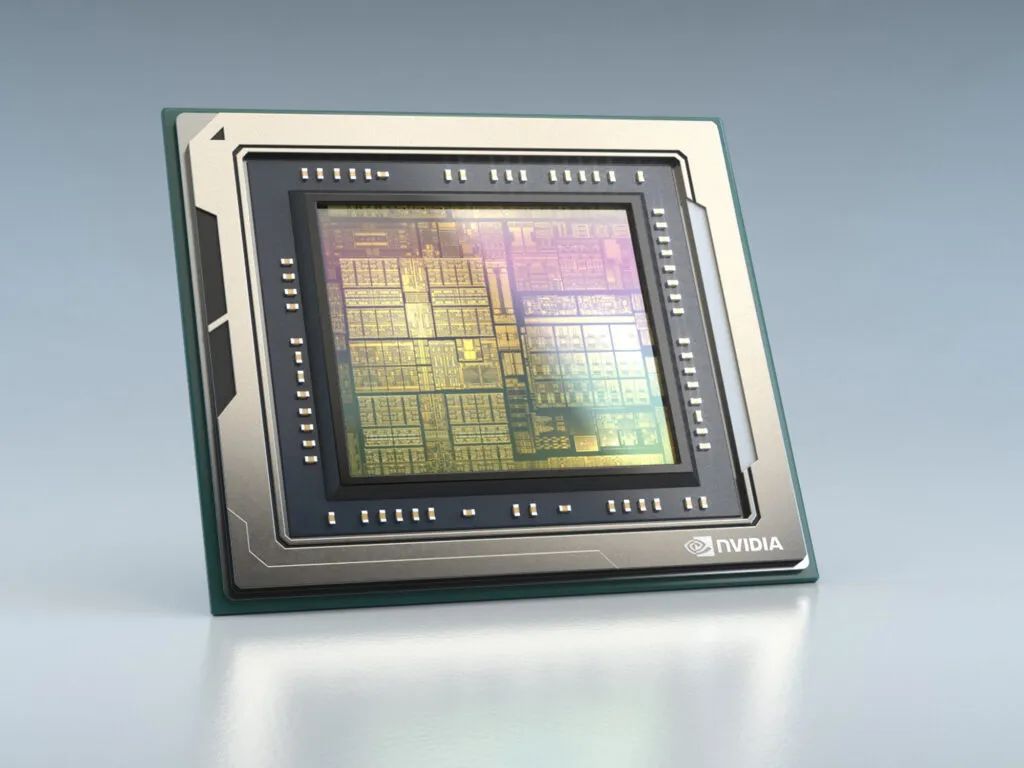
Perhaps due to the previous blind pursuit of autonomous driving technology, the entire overseas market has suffered enough. As a result, they are now cautious and wary, fearing a repeat of past mistakes.
However, this is an era of technological revolution. Artificial intelligence demonstrates rapid learning capabilities under new algorithms, making intelligent driving algorithms more human-like.
It can be argued that the overseas automotive industry has already missed out on leading the new energy vehicle technology. Now, it is also cautious about exploring autonomous driving, lacking the innovative spirit that should drive progress.
In contrast, intensified competition in the domestic new energy vehicle market has spurred automakers to strive for higher technological breakthroughs and seek external expansion. It is believed that 2025 will mark the first year of L3 autonomous driving implementation, with more advanced autonomous driving technologies flourishing in the near future.
Note: Some images are sourced from the internet. Please contact us for removal if there is any infringement.








